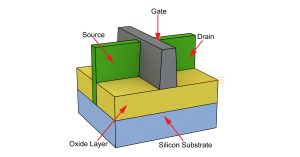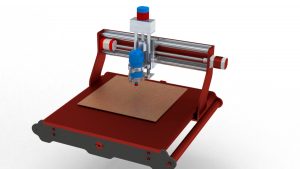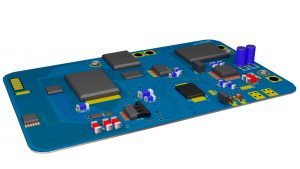Course Description
The THORS Semiconductor Basics course offers a creative learning experience with visually appealing content and interactive quizzes. This electronics course covers basic semiconductor terminologies. Metal Oxide Semiconductor (MOS) technology covers the types of Metal Oxide Semiconductor Field Effect Transistors (MOSFETs) and the different segments of an Integrated Circuit (IC). Nodes are also presented to include the innovations in each IC segment and the characteristics of various devices that were possible due to the constant evolution of the semiconductor industry.
Who will benefit from this semiconductor electronics course?
Quality, manufacturing, engineering, design, testing, purchasing, and sales functions at organizations that require a basic understanding of semiconductors.
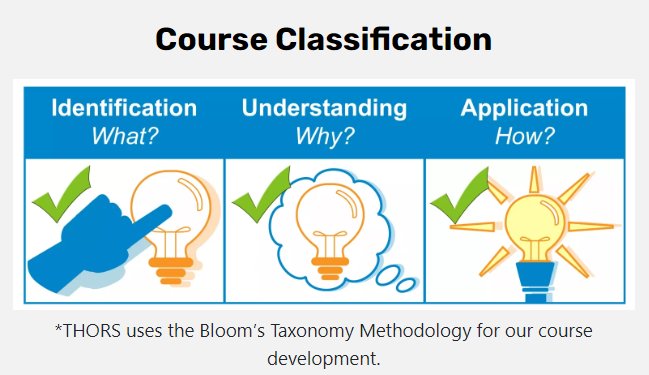
Certificate Awarded for Semiconductor Basics
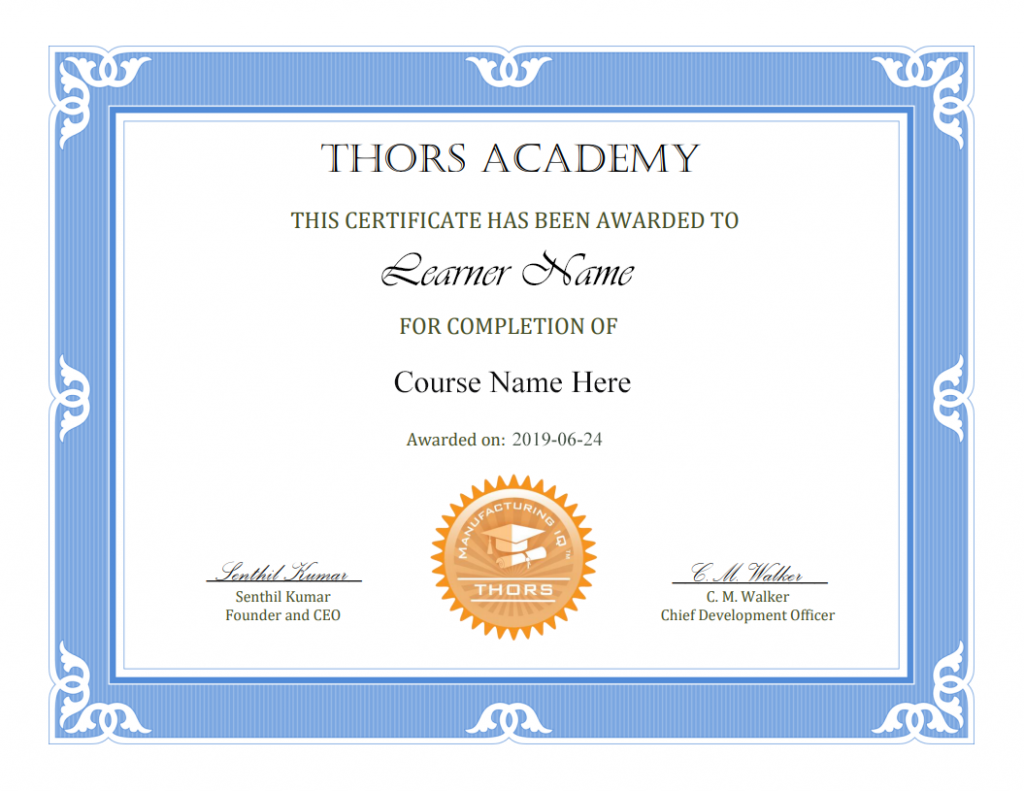
*upon successful completion
Related Posts

5 signs you should invest in effective workforce training
In today’s constantly changing marketplace, the importance of workforce training has never been greater. Workforce training has the ability to not only increase workforce efficiency

eLearning Support for On-Site Training
eLearning has emerged as a revolutionary force in the realm of learning and professional development, evolving into an imperative tool in today’s competitive landscape. The

The Role of eLearning in Compliance Training
In today’s fast-changing business environment, effective compliance training is more crucial than ever. eLearning in compliance training has emerged as a powerful tool for ensuring

